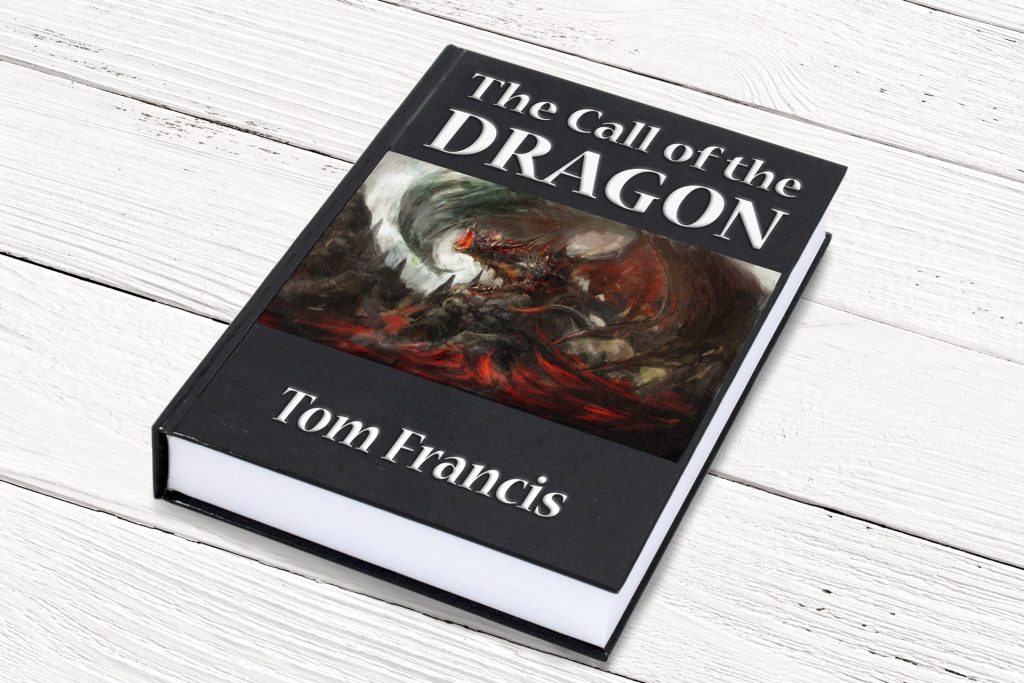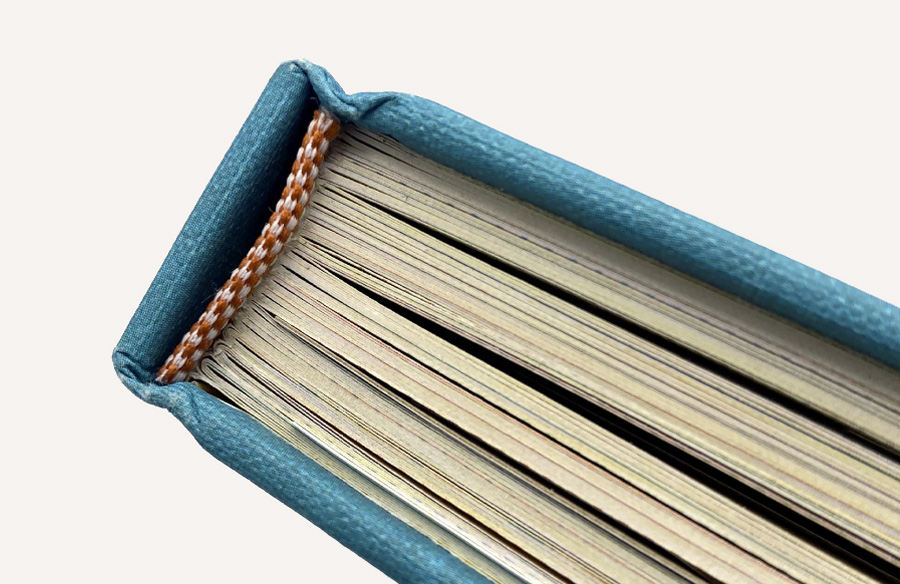Why Hardcover Books Are Still a Great Investment
Why Hardcover Books Are Still a Great Investment
Blog Article
A Comprehensive Guide to the Process of Hardcover Books Printing
When you commence the journey of hardbound publication printing, recognizing the entire procedure is important. From preparing your manuscript to choosing the best materials, each action plays an important duty in the last item. You'll need to consider layout components and printing strategies that suit your vision. As you navigate with binding and quality control, you'll discover that every choice impacts the book's general charm. So, what comes next in this elaborate procedure?
Recognizing the Hardcover Book Framework
When you explore the globe of hardcover books, you'll rapidly discover that their framework is deliberate and distinctive. You'll find a material or natural leather covering, which not just boosts looks but likewise includes to the publication's longevity.
The text block itself includes multiple signatures, or folded up sheets, sewn together for stamina. You'll see that the back is reinforced, allowing for a smooth lay-flat reading experience - hardcover books. In addition, the publication's weight usually communicates a feeling of top quality and durability
Hardcover books usually include a dust jacket, which functions as an advertising and marketing tool while protecting the cover. Recognizing these elements aids you appreciate the workmanship behind hardcover books and their unique charm in the literary globe.
Manuscript Preparation and Modifying
Obtaining your manuscript prepared for printing is crucial, and it begins with correct format standards. You'll need to understand the modifying procedure to refine your job and guarantee it reverberates with viewers. Plus, grasping proofreading techniques can aid you catch those bothersome errors before your book goes to publish.

Manuscript Format Standards
Proper manuscript format is important for producing a professional-looking hardcover book. Start by selecting a basic font style like Times New Roman or Arial in 12-point dimension. Use double-spacing throughout the paper to boost readability. Set your margins to 1 inch on all sides, providing your message room to breathe. Number your pages in the leading right edge, and include your chapter titles at the beginning of each new area. Usage clear headings to suggest areas, and avoid extreme format like vibrant or italics unless necessary. Ensure to check your manuscript for consistency stylishly, guaranteeing that whatever from spelling to spacing abides by your picked guidelines. Following these actions will certainly set a solid foundation for your book.
Editing Process Fundamentals
Editing your manuscript is a crucial step that can change it from a harsh draft into a sleek final item. Keep in mind, editing isn't just concerning taking care of errors; it's concerning refining your voice and guaranteeing your message reverberates with visitors. Welcome the process, and you'll see your manuscript sparkle.
Proofreading Strategies Summary
When you've brightened your manuscript with editing, the following action is to guarantee it's complimentary of mistakes that could distract viewers. Review your manuscript out loud-- this helps you listen to awkward wording and spot typos. Consider publishing your manuscript; reading on paper can expose errors that screens miss out on.
Creating guide Cover and Inside
When you're designing your book cover and interior, you'll intend to concentrate on vital design components that record your audience's focus. Picking the right typography designs and meticulously selecting colors and images can make all the difference in conveying your book's style. Allow's check out just how these choices can raise your work and attract readers.
Crucial Style Aspects
Producing an attractive book cover and a properly designed interior is crucial for drawing in visitors and enhancing their experience. Choose colors and pictures that reflect your publication's style and mood.
A tidy, organized layout aids readers navigate effortlessly. Bear in mind, a cohesive style throughout your publication cultivates an expert appearance that can greatly affect a viewers's choice to pick it up.
Choosing Typography Styles
Typography plays a vital function in both the publication cover and interior decoration, forming exactly how visitors view your web content. When picking typography styles, consider your book's category and target audience. A classic serif typeface may work well for literary fiction, while a modern-day sans-serif could suit a contemporary book. Assurance readability; your message must be very easy on the eyes, especially for longer passages. Focus on font size and line spacing, as these aspects affect general circulation. Blending typefaces can add rate of interest, however limit it to two or three to preserve comprehensibility. Ultimately, consider power click here to find out more structure-- make use of various designs for headings and body message to guide readers effortlessly via your job. Your typography options will considerably influence the visitor's experience.
Color and Imagery Option
Selecting the right shades and imagery is necessary for recording visitors' attention and sharing your book's themes. Beginning by considering your genre; vivid colors may help a youngsters's book, while muted tones fit a mystery book. hardcover books. Use images that reverberates with your content-- images, pictures, or abstract layouts can enhance your message
When designing the cover, make specific the imagery doesn't bewilder the title and writer's name; clearness is crucial. This cohesive technique not just elevates your book's visual yet also enriches the viewers's experience, making it much more unforgettable.
Picking the Right Paper and Products
When selecting paper and materials for your hardcover publication, it's vital to ponder how they'll impact the general look of your task. Beginning by picking the right paper weight; much heavier supply commonly shares quality and sturdiness, while lighter paper can produce a much more fragile touch. Take into consideration the finish as well; shiny paper boosts colors and images, while matte can supply a sophisticated, understated look.
Fabric, leather, or printed paper can establish the tone for your book. Additionally, think regarding the binding materials; using top quality glue warranties your book lasts.
Ultimately, the selections you make right here mirror your vision, so make the effort to example various materials (hardcover books). Your options will assist create a publication that's not just visually appealing but also durable and useful
The Printing Process: Strategies and Technologies
A selection of printing methods and modern technologies can bring your hardcover publication to life, each offering special advantages. Digital printing is a preferred option for brief runs, enabling quick turnaround and cost-effective options. When you need to publish smaller amounts without sacrificing top quality, it's best. On the other hand, offset printing master creating huge volumes, delivering constant and top quality results. This approach is excellent for substantial publications where color accuracy and great information matter.
For special effects, you could think about strategies like aluminum foil stamping or embossing, which can add a luxurious touch to your cover. Additionally, you can select different inks, consisting of environmentally friendly choices that deal with environmentally mindful visitors. Recognizing these strategies aids you make educated choices, guaranteeing your hardbound book not only looks terrific however likewise satisfies your production needs efficiently. Select the appropriate approach to boost your publication's allure and influence.
Binding Techniques for Hardcover Books
A number of binding techniques can transform your hardbound publication right into a attractive and sturdy item. One preferred choice is the situation binding method, where the pages are stitched and then attached to a stiff cover. This provides exceptional longevity and a specialist look. Another approach is the ideal binding, which uses glue to hold the pages with each other, permitting a streamlined spine yet less durability contrasted to situation binding.
You may additionally think about spiral binding, which permits your book to lay flat, making it ideal for manuals or workbooks. Nonetheless, it does not provide the exact same safety cover as case binding. Ultimately, there's the saddle stitch technique, appropriate for smaller sized books, where sheets are folded and stapled together. Each binding technique has its advantages and fits different needs, so think of your book's function and target market when picking the ideal option for your project.
Quality Control and Last Touches
After choosing the right binding method for your hardbound book, quality assurance comes to be crucial to verify your final item fulfills your assumptions. Beginning by evaluating the published web pages for any type of errors or incongruities in color and layout. You do not wish to miss out on any type of typos or misprints that might affect your readers' experience.
Following, examine the binding honesty. Validate the pages are securely attached which the spinal column is strong. A well-bound book not only looks professional but additionally really feels long lasting in your hands.
Furthermore, take notice of the cover. Look for any kind of scuff marks or misalignments in the artwork. Make certain company website they're used regularly throughout all duplicates. if you've decided for special coatings like embossing or aluminum foil stamping.
Finally, perform a comprehensive inspection of the whole batch prior to relocating to circulation. In this manner, you can validate that every publication reflects your high standards.
Regularly Asked Concerns
Just how Lengthy Does the Hardbound Book Printing Refine Usually Take?

What Is the Minimum Order Amount for Hardcover Books?
The minimum order quantity for hardcover publications normally starts around 100 copies, yet it can vary based on the printer. You need to contact your chosen printing solution for their specific demands and rates.

Can I Print Hardbound Books in Custom Sizes?
Yes, you can publish hardbound publications in custom sizes. Lots of printing solutions offer flexibility with measurements, enabling you to pick a style that matches your job. Simply verify the specs before putting your order.
Are There Eco-Friendly Options for Hardcover Publication Printing?
Yes, you can discover environment-friendly options for hardcover book printing. Several firms make use of lasting inks and recycled materials. Simply ask your printer concerning their environment-friendly methods to assure your project lines up with your ecological values.
What Are the Prices Connected With Hardbound Publication Printing?
When thinking about hardbound publication printing costs, you'll require to consider materials, style, and printing approaches. Extra expenditures like delivery and binding can additionally influence your total budget, so plan appropriately for your task.
When you begin the trip of hardcover book printing, understanding the entire process is crucial.A selection of printing methods and innovations can bring your hardbound book to life, each offering unique advantages. Just how Lengthy Does the Hardbound Book Printing Refine Normally Take?
The hardbound publication printing process typically takes about 2 to 6 weeks.Yes, you can find environmentally friendly alternatives for hardcover publication printing.
Report this page